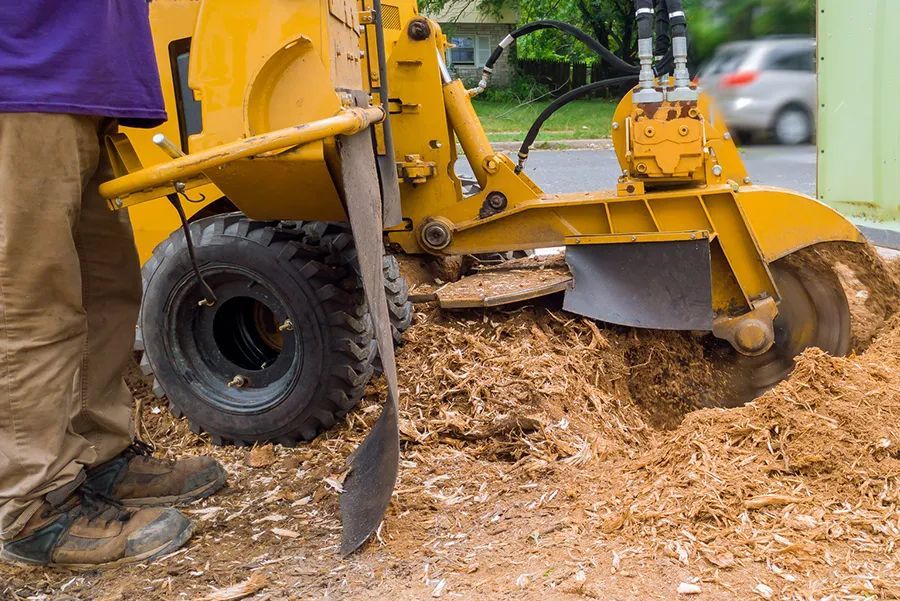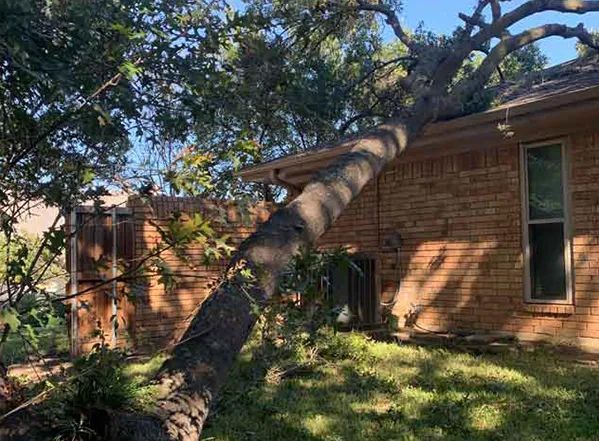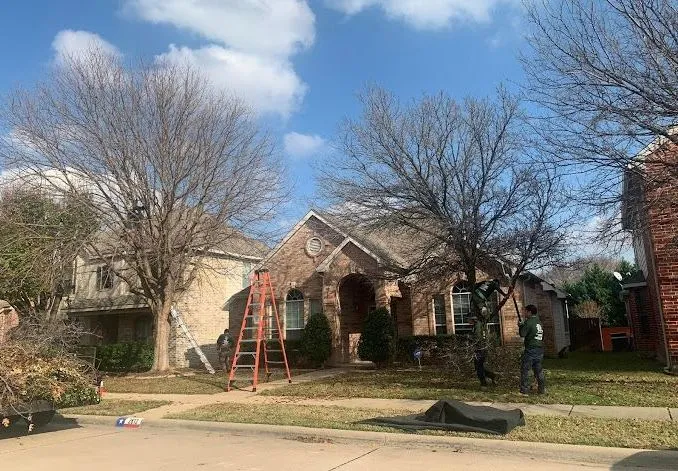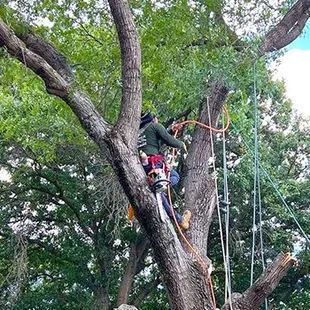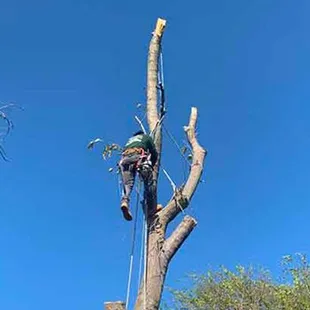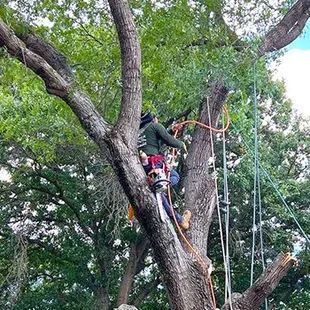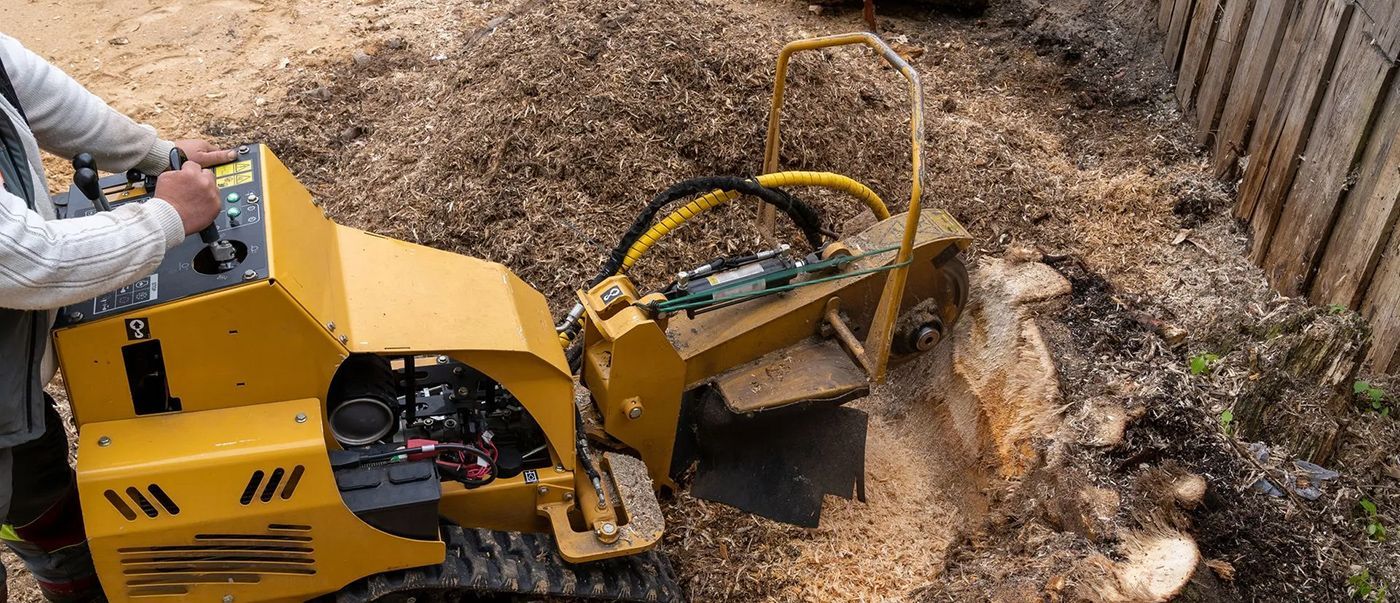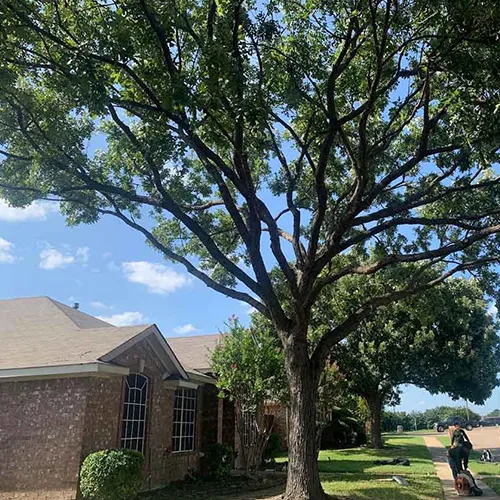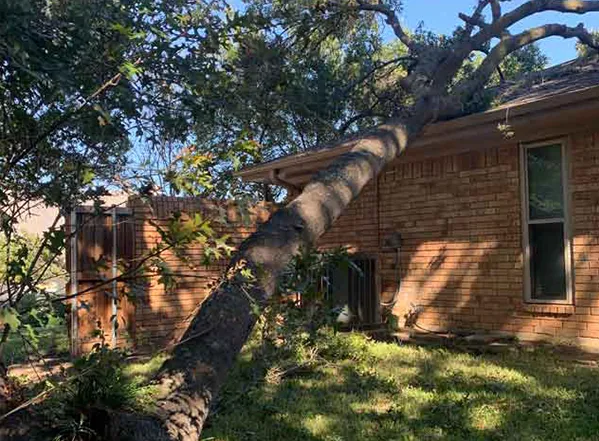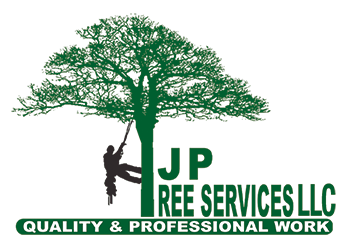Don’t Ignore these Signs that a Tree Is at Greater Risk of Crashing Down During a Storm

When severe weather strikes, even a mostly healthy looking tree can become a major safety hazard. High winds, heavy rain, and lightning can expose or worsen structural weaknesses, causing a tree to fall and damage nearby structures or power lines. Recognizing the warning signs of a potentially unstable tree before a storm hits can help you prevent costly damage and protect your family’s safety. At J P Tree Services, we provide expert tree removal in the greater Dallas area. Here are four signs that a tree may be at greater risk of crashing down during a storm.
Cracked Trunk
Cracks, splits, and cavities in the trunk are serious indications of structural weakness. These openings can occur from storm damage, improper pruning, or internal decay. Once the trunk’s integrity is compromised, the tree’s ability to withstand strong winds is drastically reduced. A split trunk is especially dangerous because it may fail without warning during the next heavy storm, posing a high risk to anything nearby.
Root Damage or Decay
Healthy roots are essential for keeping a tree upright during a storm. Signs of root damage include fungus growing near the base, soil heaving, or visible decay around the root collar. Roots can become weakened from construction or prolonged saturation from rain. Once the root system is compromised, the tree can lose its grip on the soil and may topple over during severe weather.
Trunk Is Significantly Tilting
A tree that leans noticeably to one side is often unstable, especially if the lean has worsened over time. A sudden or significant tilt may indicate that the root system has been compromised, reducing the tree’s ability to anchor itself in the ground. While some trees naturally tilt at a safe angle, a lean accompanied by exposed roots or recent shifting is a red flag. If a tree’s tilt is new or increasing, it should be inspected by a professional right away.
Fungal Growth or Internal Rot
The presence of fungal growth on the trunk or around the base of a tree often indicates internal decay. Rot weakens the wood from within, causing instability. If you notice fungal growth or soft, decaying wood, it’s best to have the tree assessed immediately before it becomes a worsening safety hazard.
Tree Removal in Dallas
For expert
tree removal in Dallas and the surrounding area, contact J P Tree Services at
(945) 235-2029. Feel free to give us a call to arrange an arborist estimate in Dallas, TX!
